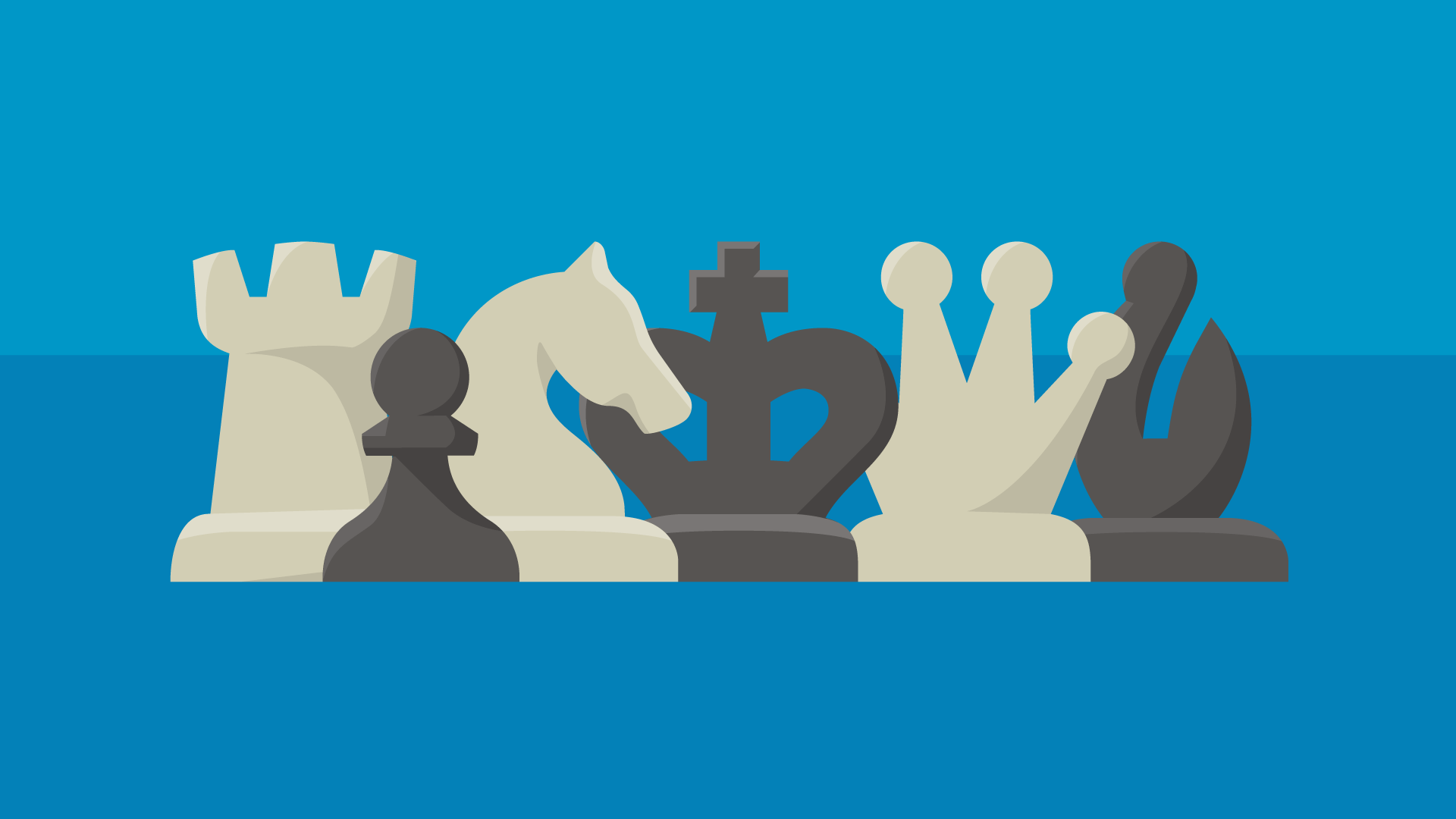Blog details

The Names of Chess Pieces at a Glance.
Each player has 16 pieces. That means each player has eight pawns, one King, one Queen, two Rooks, two Bishops, and two Knights. Thus, it amounts to a total of 32 pieces.
#1. The King
The king is the kingpin of the game. The player’s strategies revolve around the protection of the King. We do not have any numerical value attached to the King. Hence his value is immeasurable or infinite.
Each side has a King. When the game commences, the King occupies his place on the first rank of the e-file, on the right side of the Queen.
The King’s movement is unique as he wants to proactively avoid threats. Whether it’s forward, backward, or sideways, he can move in all directions. However, he can only move a single square at a time. It efficiently avoids any threat that comes his way.
You should not allow your King’s capture. If your King falls or comes within the attacking range of any of the opposite pieces, then we consider that the King is under check. When he is under check, he has two options. One is to find a piece to defend him and the second is to move to a safer square.
Similarly, when under check in which no piece is there to defend him or he does not have any squares to advance to, then checkmate occurs. When you trap the King of your opponent, it is the checkmate. It indicates your victory.
#2. The Queen
Do you know who is the most powerful piece on the board? The answer is the Queen. She bears the potential to decide the outcome of the game. Hence, her protection and prudent movement are crucial in winning the game. Mirroring her strategic prominence, she possesses nine points.
On the ‘d’ file, the Queen sits between the King and the Bishop. We can spot the Queen sitting majestically with her regal crown, Each side starts the game with one Queen. You should place the white queen on d1, and the black queen on d8.
Likewise, you can move the Queen any number of squares horizontally, vertically, or diagonally, without leaping over any other piece. She is capable of attacking in any manner as she moves. However, once the opposite army captures her, she has to leave the battlefield.
#3. The Rook
The Rook or the Castle holds five points. Like the Queen, the Rook is also a significant piece.
The game starts with two rooks on each side, one is on the Queenside and the other on the Kingside. They stand at the corners. As a result, they can defend as well as offend.
The Rook can move forward, backward, and sideways. It cannot leap over other pieces. It needs a clear path to move along the board.
Its aggressiveness and capacity to gain control over the files make it a powerful piece. Likewise, its capacity to manage open files, collaborate with other Rooks, and guard key positions assigns it a crucial role in the game. By moving it effectively, you can handle the intricacies of the game and attain strategic victories.
#4. The Bishop
The Bishop is a minor piece that represents a camel and bears three points. Both players have two Bishops each. You have to place the Queenside Bishop between the Queen and the Queenside Knight and the Kingside Bishop between the King and Kingside Knight.
If it is diagonal, the bishop can move as many squares as he wishes. However, it cannot move backward, forward, or sideways. The Bishop cannot leap over pieces in its path. If it begins on a black square, it should advance diagonally to a black square, and vice versa.
#5. The Knight
This piece represents the horse. Each player has two knights. They occupy positions between the Bishop and the Rook.
It moves two squares either vertically or horizontally before making one move perpendicularly. Thus the movement is in ‘L’shape. Unlike all other pieces, it has the privilege to jump over another piece. Similarly, it is an inevitable piece in the opening part of the game.
The Knights are worth 3 points. However, owing to their short range, we consider them slightly weaker than Bishops.
#6. The Pawns
Pawns which represent the infantry serve as the backbone of your army. Though they do not own any heavy names, their roles are decisive in the dynamics of chess.
We station them at the front of the defense. As the game begins, both players have eight pawns each. We have to arrange the pawns in a row in front of other stronger pieces. They move forward and no other movement is possible for pawns. Similarly, one square at a time is the pattern of their movement.
Furthermore, Pawns have the distinctive characteristics of transforming into any other piece other than the King. Thus, the Pawns can climb up the positions of the stronger pieces like the Queen, the Rook, the Bishop, and the Knight.
Conclusion
Now, you can address the members of your army by their names. You need to etch them in your memory as long as you fight the battle of chess.
Discover the ultimate chess training experience at Eight Times Eight Online Chess Academy. Our platform offers diverse online chess training programs tailored to children, guided by renowned chess experts from across the country. Crafted by grandmasters and endorsed by top chess champions, our curriculum ensures comprehensive learning at every level. From beginners to advanced players, our flexible online classes cater to all skill levels, making quality chess education accessible at affordable prices. For further inquiries, reach out to us at +919961510101 or contact@eighttimeseight.com. Unlock your chess potential with Eight Times Eight today!

